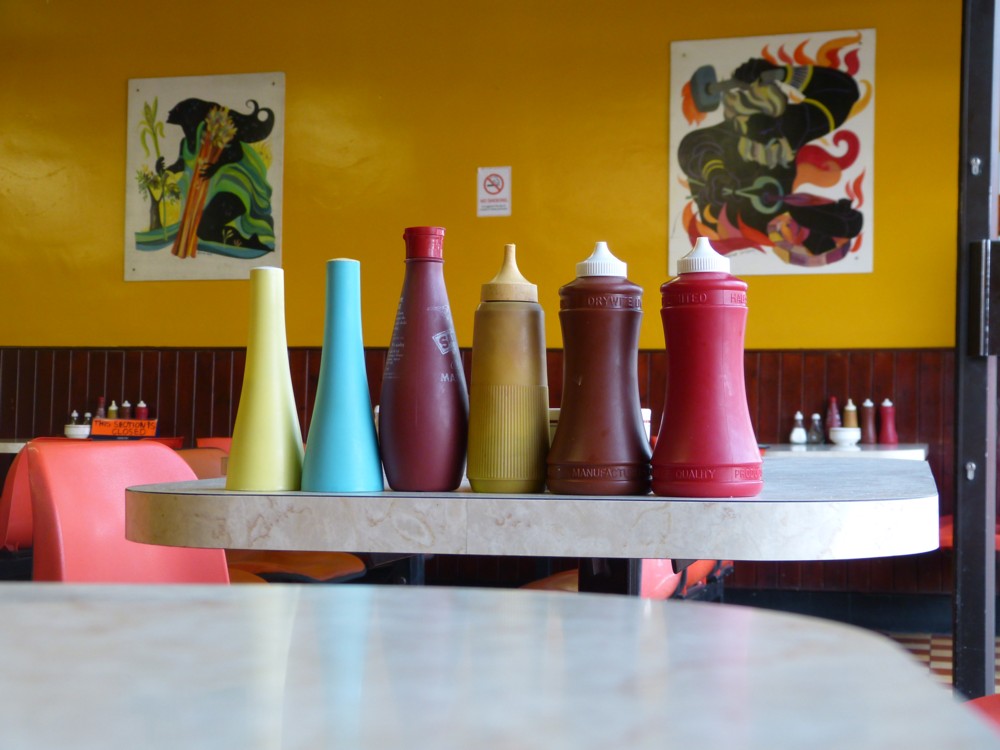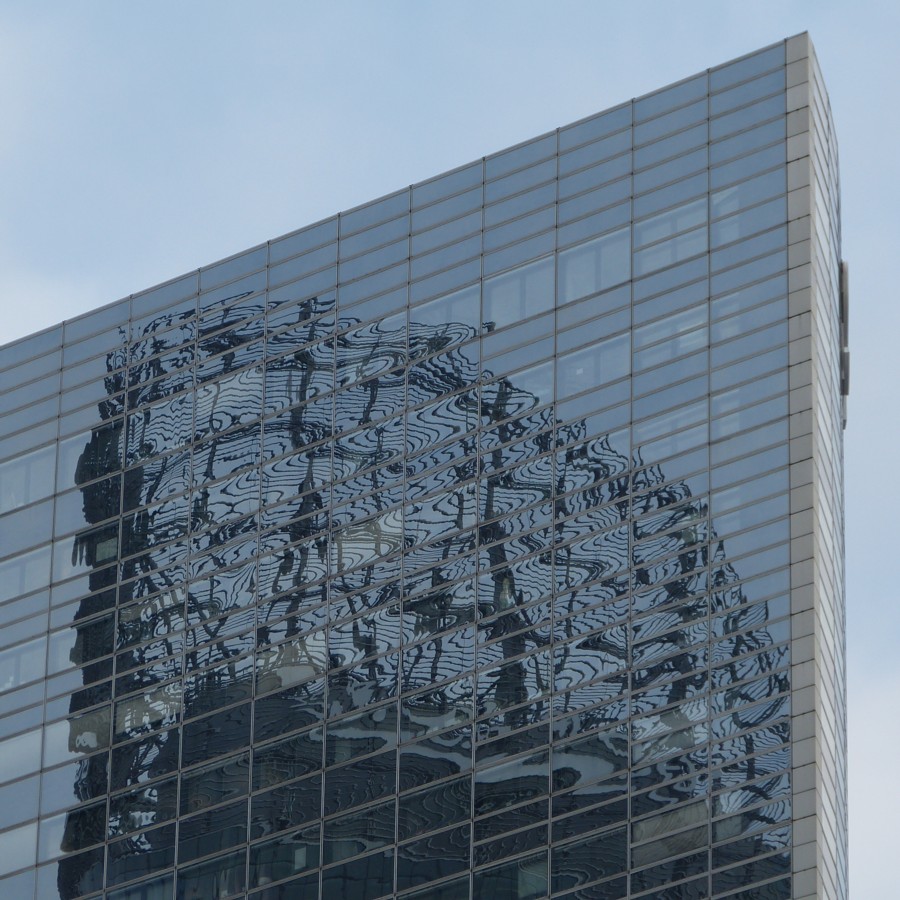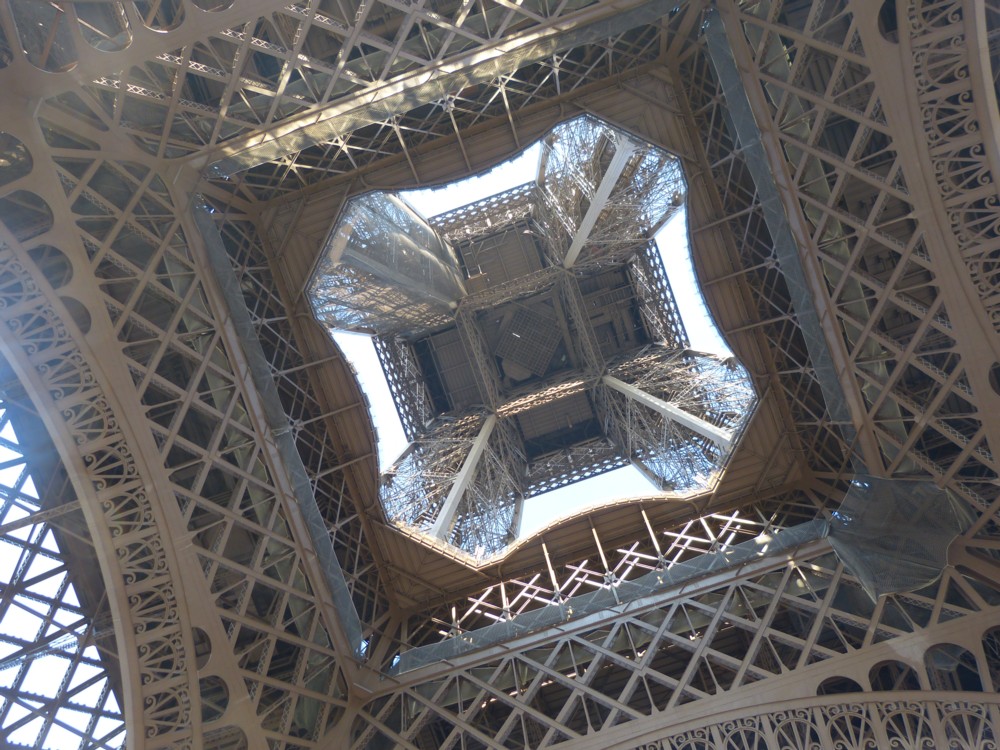I am continuing to read Martin Gayford’s conversations with Hockney book, and it is proving to be most diverting.
Gayford begins the chapter he entitles “Seeing more clearly” with this intriguing anecdote about Picasso, which was related to him by Picasso’s biographer, John Richardson:
Lucien Clergue, the photographer, knew Picasso incredibly well. The other day he said to me, ‘You know, Picasso saved my life.’ I said, ‘What?’ He said, ‘Yes, it was after a bullfight, in Aries.’ Lucien said he had been feeling fine, had lost a bit of weight but wasn’t worried. Out of the blue Picasso said to him, ‘You go instantly to a hospital.’ Lucien asked ‘Why?’ Picasso said ‘You’ve got something seriously wrong with you.’ Lucien was damned if he was going to do it, but Jacqueline [Picasso’s wife] added, ‘When Pablo says that, for God’s sake go.’ So he went, and the doctors had him taken straight into the operating theatre. They said he had an extremely rare type of peritonitis, which is lethal. The bad thing about it is that it doesn’t manifest itself in pain, it just kills you. …
Hockney’s reaction to this is to say, yes, this is because Picasso spent a huge amount of time looking at faces, really looking, the way you only do if you are someone who paints pictures of faces. Picasso could therefore see signs that others wouldn’t.
I’m not the only one to have found this a very striking story.
If it’s right, it occurs to me that maybe face recognition software ought to be able to make similar diagnoses, if not now, then quite soon. Excuse me while I try to discover if the www agrees.
Partially. It seems that face recognition software can already spot rare genetic disorders. Whether it can spot the onset of rare diseases in people previously unafflicted, I could not learn. But I bet, if it doesn’t yet perform such tricks, that it soon will.







